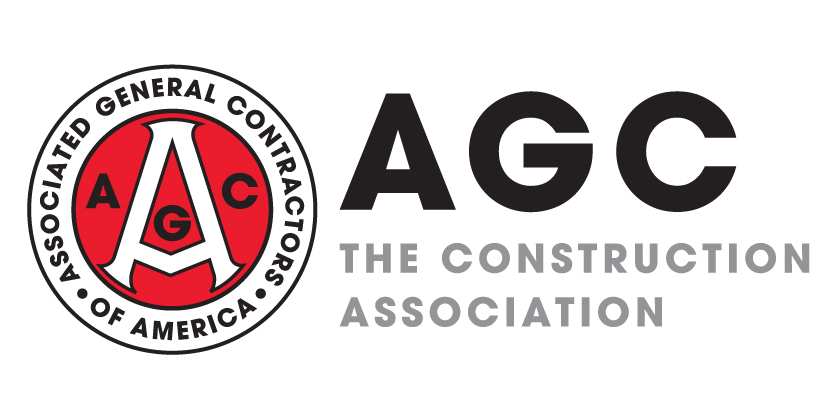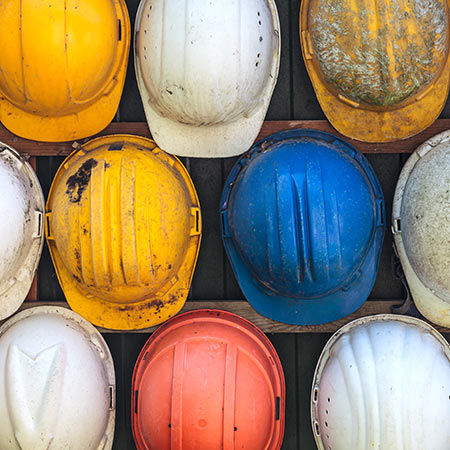
"Demand for design services from architecture firms began to stabilize in June, following their peak declines in April,” the American Institute of Architects reported on Wednesday, based on a rise in the Architecture Billings Index (ABI) from an all-time low of 29.5 in April to 40.0 in June. AIA says, “The ABI serves as a leading economic indicator that leads nonresidential construction activity by approximately 9-12 months.” The ABI is derived from the share of responding architecture firms that reported a gain in billings over the previous month less the share reporting a decrease in billings, presented as a score between 0 and 100. Any score below 50 means that firms with decreased billings outnumbered firms with increased billings. The “share reporting decl ines slowed significantly. Index scores for new project inquiries and new design contracts also showed signs of stabilizing.” ABI scores by practice specialty (based on three-month moving averages) all increased from May but remained far below 50: residential (mostly multifamily), 44.7 (up from 38.9 in May); institutional, 38.9 (up from 36.7); mixed, 35.3 (up from 33.7); and commercial/industrial, 30.1 (up from 28.8). The index for design contracts climbed from 33.1 to 44.0. “Overall, 45% of responding firms indicated that they expect the number of architecture positions at their firm at the end of the year to remain at about the same level as at the beginning of the year, while 38% expect the number to decrease, and 17% expect the number to increase.”
AIA also issued its semi-annual “Consensus Construction Forecast.” The average of eight forecasts for overall nonresidential building is a decrease of 8.1% in 2020 and a further 4.8% in 2021. The average for commercial construction is -11.6% in 2020 (comprising office space, -11.1%; retail, -7.7%; and hotels, -20.5%) and -8.4% in 2021. The average for industrial construction is -8.3% in 2020 and -3.3% in 2021. The average for institutional construction is -4.5% in 2020 (healthcare facilities, 2.4%; education, -6.6%; religious, -9.9%; public safety, 15.6%; and amusement and recreation, -13.0%) and -1.7% in 2021.
Expectations for growth in inflation-adjusted gross domestic product (real GDP) for the year ending in the second quarter [Q2] of 2021 vary widely among the 104 corporate economists in the latest quarterly Business Conditions Survey released today by the National Association for Business Economics. Two-thirds (66%) of respondents expect an increase in real GDP, including 16% who expect a gain of 6% or more. Nearly one-third (31%) expect real GDP to be flat or falling, with 18% expecting a decline of 2% or more. Only 5% out of 63 respondents reported an increase in capital spending on structures at their firms in the past three months, vs. 44% who reported such spending had declined. Similarly, only 5% expect an increase in the next three months, vs. 34% who expect a drop.
In contrast to the bearish forecasts of the AIA panel, “the total U.S. hotel construction pipeline stands at 5,582 projects/687,801 rooms, down a mere 1% by projects and rooms, year-over-year (yoy),” as of June 30, lodging-data provider Lodging Econometrics reported today. “Remarkably, despite some project cancellations, postponements, and delays, there has been minimal impact on the U.S. construction pipeline. Contrary to what is being experienced with hotel operations, the pipeline remains robust as interest rates are at all-time lows. Projects currently under construction stand at 1,771 projects/235,467 rooms, up 3% and 1% respectively, yoy. Projects scheduled to start construction in the next 12 months total 2,389 projects/276,247 rooms. Projects in the early planning stage stand at 1,4 22 projects/176,087 rooms. As expected, developers with projects under construction are still experiencing some opening delays.
Turner Construction Company announced on July 10, that the Q2 2020 Turner Building Cost Index, “which measures costs in the nonresidential building construction market in the United States[, experienced] a 1.01% quarterly reduction from [Q1]. This is the first time Turner’s projected quarterly Building Cost Index adjustment has reduced in value since [Q2] 2010. ‘Trade contractor competition has increased in many areas as they work to secure backlog due to uncertainty they have about future opportunities industry,’ said vice president Attilio Rivetti….The building costs and price trends tracked by the Turner Building Cost Index may or may not reflect regional conditions in any given quarter. The Cost Index is determined by several factors considered on a nationwide basis, including labor rates and productivity, material prices and the competitive condition of the marketplace.”
The wood-products trade publication Random Lengths on Friday reported record prices and delivery times for some types of lumber, oriented strand board (OSB) and plywood. The “Random Lengths Framing Lumber Composite Price posted a new all-time high of $587, surpassing the $582 mark set in 2018. Recent production figures help explain the severely undersupplied market, especially the 25% reduction in lumber output in British Columbia through the first four months of the year. Producers widely acknowledged that they would increase output if they could, but were constrained by log supplies and personnel issues, some of them related to the COVID-19 virus…Some Southern Pine mills were unable to ship orders on time amid diminished staffing due to virus cases….An epic week of trading vaulted OSB prices to their largest weekly gains in history, with some triple-digit increases recorded. [Southern plywood] Mills quoted shipments for the weeks of August 17 and 24. Shipping was complicated by a shortage of trucks. Reported prices of rated sheathing rose by double digits. Underlayment and concrete form also posted steep price gains. [Western plywood] mills pushed into late August or early September. [Canadian plywood] Mill order files extending to mid- to late September were said to be unprecedented. Some mills quoted shipments for early October.”




